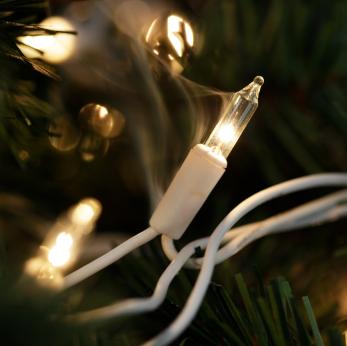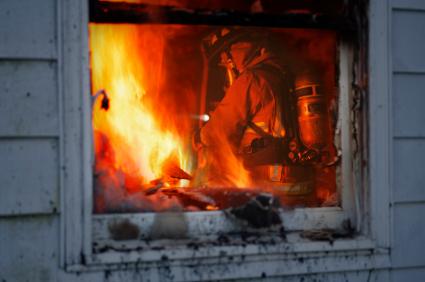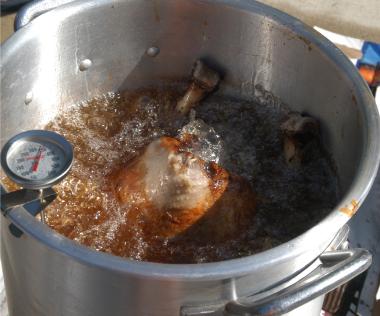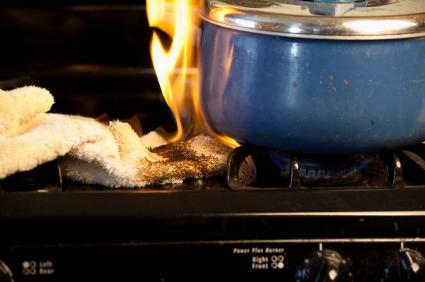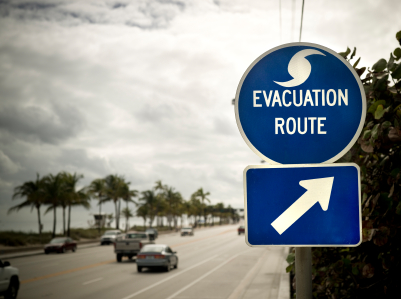Many people spend their winters inside and turn to alternative heating sources to keep warm, but along with it comes an increased risk of fire. This year is no different. The U.S. Fire Administration warns that home fires have claimed 148 lives in the first three weeks of January alone. Home fire incidents are collectively highest in the three winter months of January, February and March. Cooking and heating are the leading causes of these…
Read Morefire safety
Christmas trees and lights present increased fire risks
O Christmas tree, o Christmas tree, how dangerous they can be. Although a festive part of the season, Christmas trees present a fire hazard whether they’re real or artificial. When a Christmas tree fire occurs, it’s likely to be serious. According to the National Fire Protection Association, one of every 66 reported fires that began with a Christmas tree resulted in death. NFPA data indicates that from 2006-2010, U.S. fire departments responded to an average of 230 home fires that…
Read MoreSpace heaters, fireplaces and wood stoves pose fire risks
Alternative heating sources might help warm up a room, but they could leave homeowners out in the cold if not handled properly. They’re a big part of the reason half of all home heating fires occur during the December-February period. “The use of heating equipment largely contributes to the peak in U.S. home fires during the winter months,” Lorraine Carli, vice president of communications at the National Fire Protection Association, said in a statement. According…
Read MoreRisk of home fires increases during the winter months
Staying warm and toasty at home with a hot meal might be a good way to spend the cold winter months, but it also increases the risk of fire. Winter is the leading time of year for home fires in the U.S., according to the National Fire Protection Association and the U.S. Fire Administration. Through a jointly sponsored initiative – Put a Freeze on Winter Fires – NFPA and USFA are working collaboratively to tell…
Read MoreThanskgiving turkeys equal greater risk of house fires
Before Thanksgiving gobblers can stuff themselves full of turkey, they’ll first need to avoid setting the house on fire. More cooking fires occur on Thanksgiving than any other day of the year, according to State Farm Insurance. Grease and cooking-related claims more than double on Thanksgiving Day, compared to an average day in November. Cooking is the leading cause of residential structure fires on Thanksgiving Day, according to the Federal Emergency Management Agency. Food left…
Read MoreCooking remains a major cause of fire accidents
Whether it’s a boiling over deep fryer or a damaged electrical cord, cooking-related fires remain a top cause of unexpected blazes in the home. According to a recent report from the National Fire Protection Association, U.S. fire departments responded to an average of 371,700 home structure fires annually between 2006 and 2010. These fires caused an estimated average of 2,590 civilian deaths and $7.2 billion in direct property damage each year. Based on research by…
Read MoreAlternative heating comes with risks for homeowners
Anyone who relies on a space heater, fireplace or wood-burning stove to stay warm during cold weather ought to be aware of the risks involved and how to keep those fires where they belong. The Insurance Institute for Business & Home Safety provides advice on steps homeowners can take to avoid home fires this fall and winter. “While space heaters, fireplaces and wood-burning stoves can help consumers reduce energy bills during the colder months, it…
Read MoreFall is a good time to proof the home against forest fires
Even though the summer heat is gone, the threat of wildfires still exists in the fall, which is a good time to prepare the home against future risks. The Insurance Institute for Business & Home Safety encourages residents in wildfire-prone areas to prepare their property for the fall wildfire season during Fire Prevention Week (October 7 – 13). “The autumn months are an ideal time to tackle outdoor projects before colder winter temperatures set in,” Julie…
Read More

